Google Pixel 9 Pro Fold vs. Samsung Galaxy Z Fold 6: Which is the best foldable?
Samsung may have finally met its match.
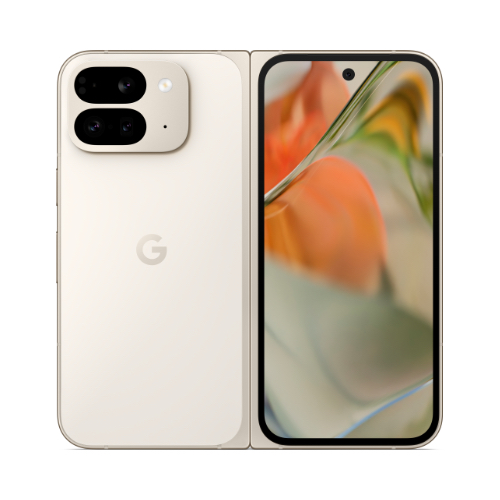
Second time's the charm
Google has completely reinvented the Fold's image with its second version, making it better in pretty much every way. The bigger, brighter displays, new AI features, and slimmer and lighter design all make for an excellent foldable experience. It's still pricey, but at least it now looks the part.
Pros
- Refined, premium design
- Slimmer and lighter than before
- Comfortable aspect ratio when folded
- Seven years of software updates
- Latest Tensor G4 SoC
- Plenty of useful AI features
Cons
- Smaller battery size compared to Pixel Fold
- Expensive

The defending champ
Samsung didn't mess around with its formula for the Fold 6 too much, and that's starting to become a problem. It's a fantastic flagship foldable in every sense, and the slimmer and lighter design is certainly welcomed. Compatibility with the S Pen still gives it an edge over the competition.
Pros
- Lightest Galaxy Fold yet
- Less prominent display crease
- Galaxy AI features are fun
- Excellent performance
Cons
- Still awkward to use when folded
- More expensive than before
- Main and telephoto cameras same as Fold 4
Google's Pixel 9 lineup is solid and aggressive, but to add to its appeal, Google has added the Pixel 9 Pro Fold. It's a great addition since it shares many of the features on the other Pixel 9 phones, such as AI photography and a Tensor G4 chip. Google also gave the new Pixel 9 Pro Fold a new look, and what makes it even better is that the new model has the same starting price as last year's model.
In the U.S., its biggest rival is the Samsung Galaxy Z Fold 6, which has gone unchallenged in its segment and is one of the best foldable phones in the market. Newer offerings like the OnePlus Open have given it good competition, but we think the new Pixel 9 Pro Fold will be its biggest opponent.
With similar flagship hardware and many AI software features, we pit the Google Pixel 9 Pro vs. Samsung Galaxy Z Fold 6 to see if we have a definitive winner and which phone you should buy next.
Google Pixel 9 Pro Fold vs. Samsung Galaxy Z Fold 6: Design and displays
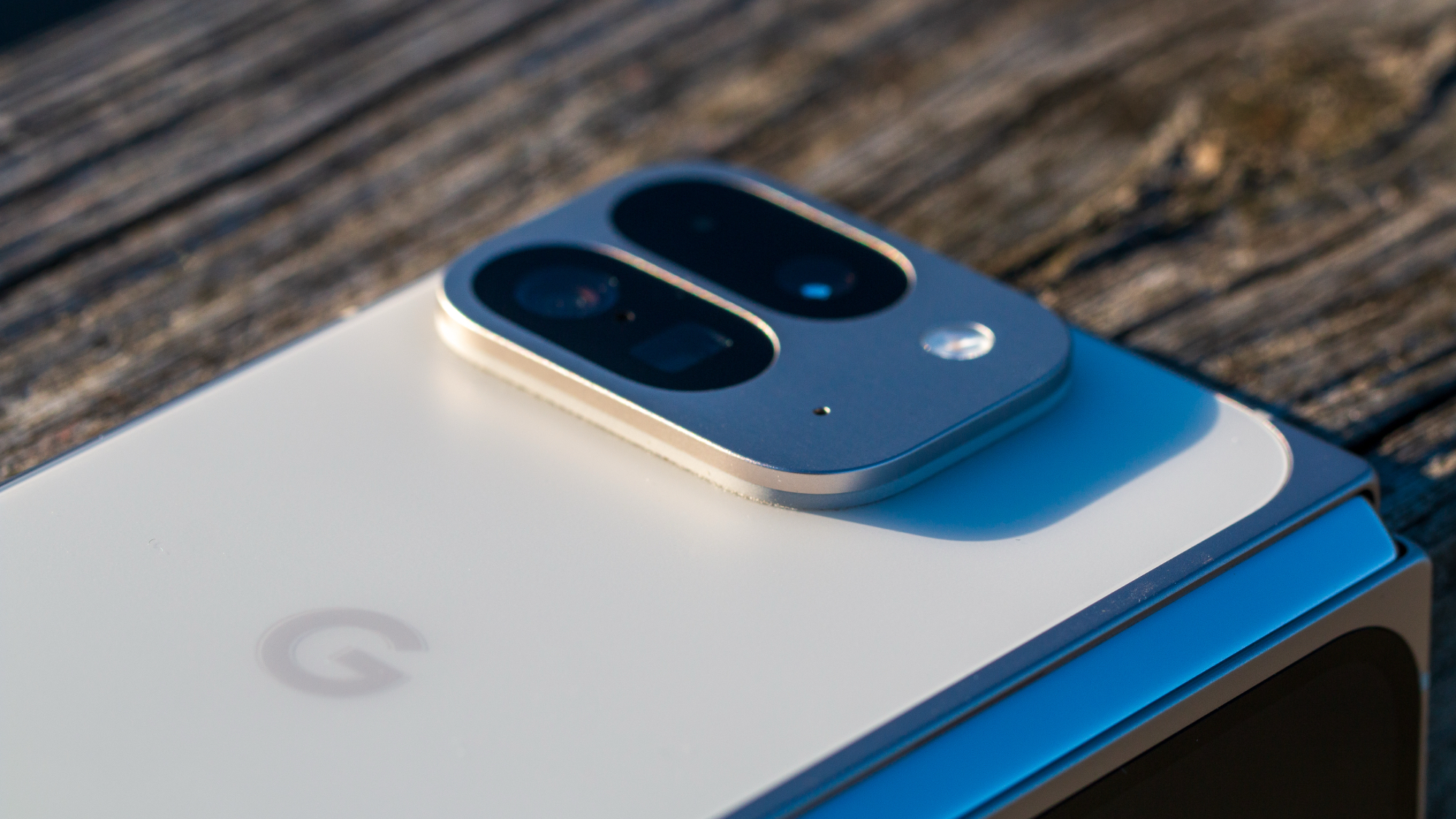
The Google Pixel 9 Pro Fold's design differs significantly from last year's model. Some prefer the new matte glass and aluminum finish because it feels richer. You might also be happy that the annoyingly thick bezels inside the folding display are no longer there. It looks like it's part of the Pixel 9 family. You get the same wide aspect ratio we loved from the first model, but the chassis is now slimmer and lighter. It measures 10.5mm in depth when folded and just 5.1mm when unfolded. It's not the world's slimmest, but I'll take it.
The weight has also been reduced significantly, down to 257g. The phone comes in Obsidian and Porcelain colors. The 9 Pro Fold is still IPX8-rated for water resistance. One major issue with the Pixel Fold was that it never unfolded completely flat, but Google has fixed that with the new model.
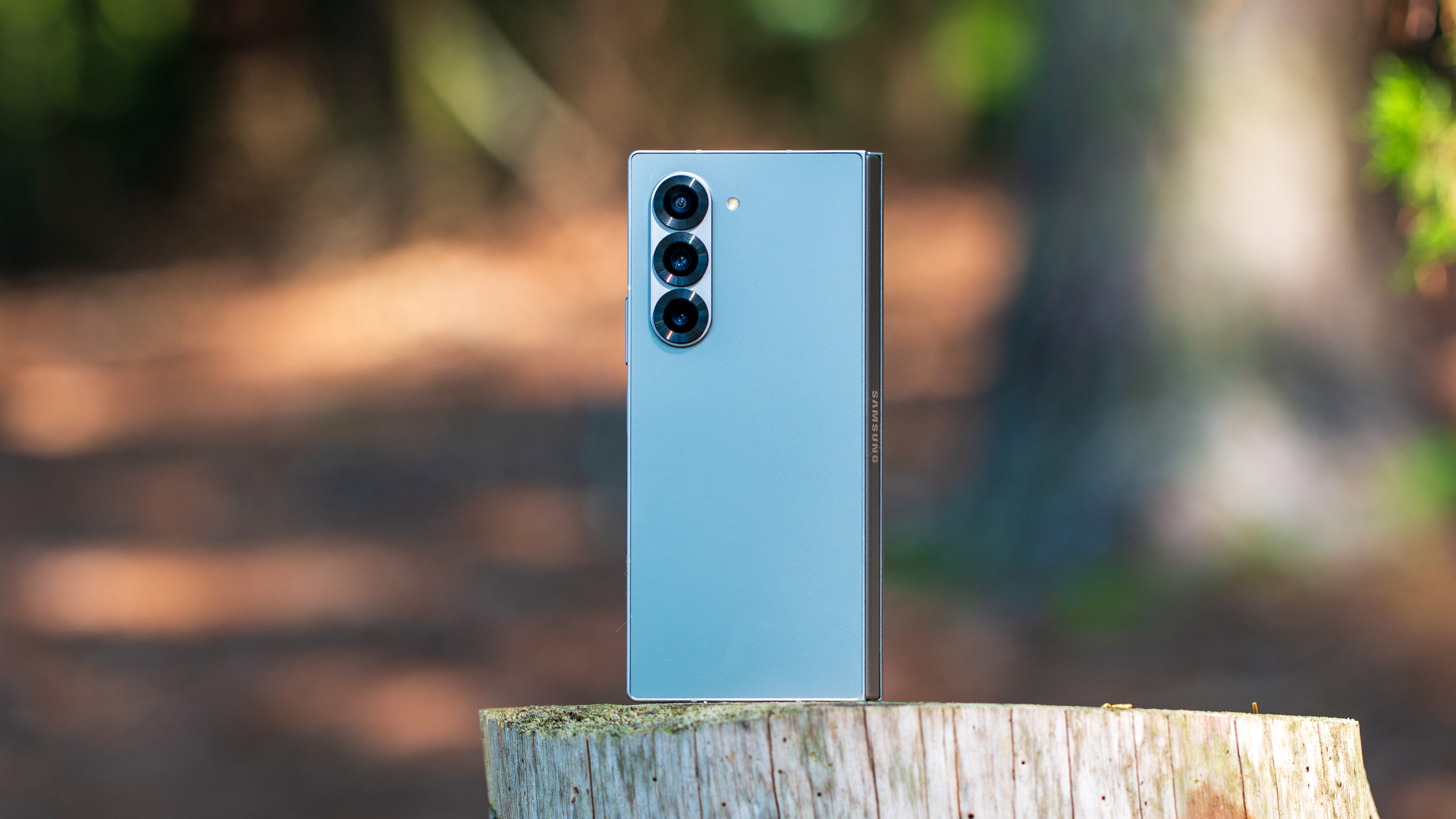
The Samsung Galaxy Z Fold 6 looks more or less the same as the previous two generations, although it has a slightly wider aspect ratio this time. It's only noticeable if you're coming from an older Fold phone, but it's not enough to improve the typing experience on the cover screen. Samsung, too, uses aluminum and glass for the construction, and the Fold 6 is lighter than the Pixel at 239g. However, it's still slightly thicker at 12.1mm and 5.6mm in its folded and unfolded state, respectively.
Samsung offers way more colors, as the Galaxy Z Fold 6 comes in Silver, Shadow, Pink, and Navy. Crafted Black and White are two exclusive shades if you buy them via Samsung.com. The Fold 6 is now IP48-rated for "dust" and water resistance, but keep in mind that the dust resistance only protects it from solid particles larger than 1mm, which doesn't qualify as dust.
Get the latest news from Android Central, your trusted companion in the world of Android

The Google Pixel 9 Pro Fold has brand new screens both on the outside and inside. The outer display is a larger 6.3-inch Actua display with a 20:9 aspect ratio, similar to the Pixel 9 Pro. It's an OLED with a Full HD+ resolution, Gorilla Glass Victus 2 protection, and a variable refresh rate of 60Hz-120Hz. Google claims it can get as bright as up to 1,800 nits for HDR content and up to 2,700 nits of peak brightness.
The folding screen is also larger, at 8 inches. Google calls it a Super Actua Flex display that allows you to increase the screen's brightness without sacrificing clarity and color vividness. These displays will enable you to enjoy excellent outdoor visibility under direct sunlight. This OLED panel has a 2,076 x 2,152 resolution, UTG glass, and LTPO tech, which can vary the refresh rate from 1Hz to 120Hz. It has the same peak brightness as the outer screen, but HDR brightness is up to 1,600 nits.

Samsung refined the Galaxy Z Fold 6 display, opting for squared-off corners, unlike the Pixel 9 Pro Fold, which had a more curved design. Samsung's foldable has a 7.6-inch Dynamic AMOLED 2X panel, 2,160 x 1,856 resolution, and LTPO tech. Both foldables share a similar 2,600 peak brightness.
The outer display is a 6.3-inch AMOLED panel, but it's taller and has a narrower 22.1:9 aspect ratio than the Pixel. It, too, has LTPO tech with a 1Hz to 120Hz refresh rate and the same peak brightness. The slimmer profile makes it easier to slip into narrower pockets, but the 9 Pro Fold still trumps the Galaxy when it comes to ease of using the outer screen, especially when typing.
Google Pixel 9 Pro Fold vs. Samsung Galaxy Z Fold 6: Hardware and specs
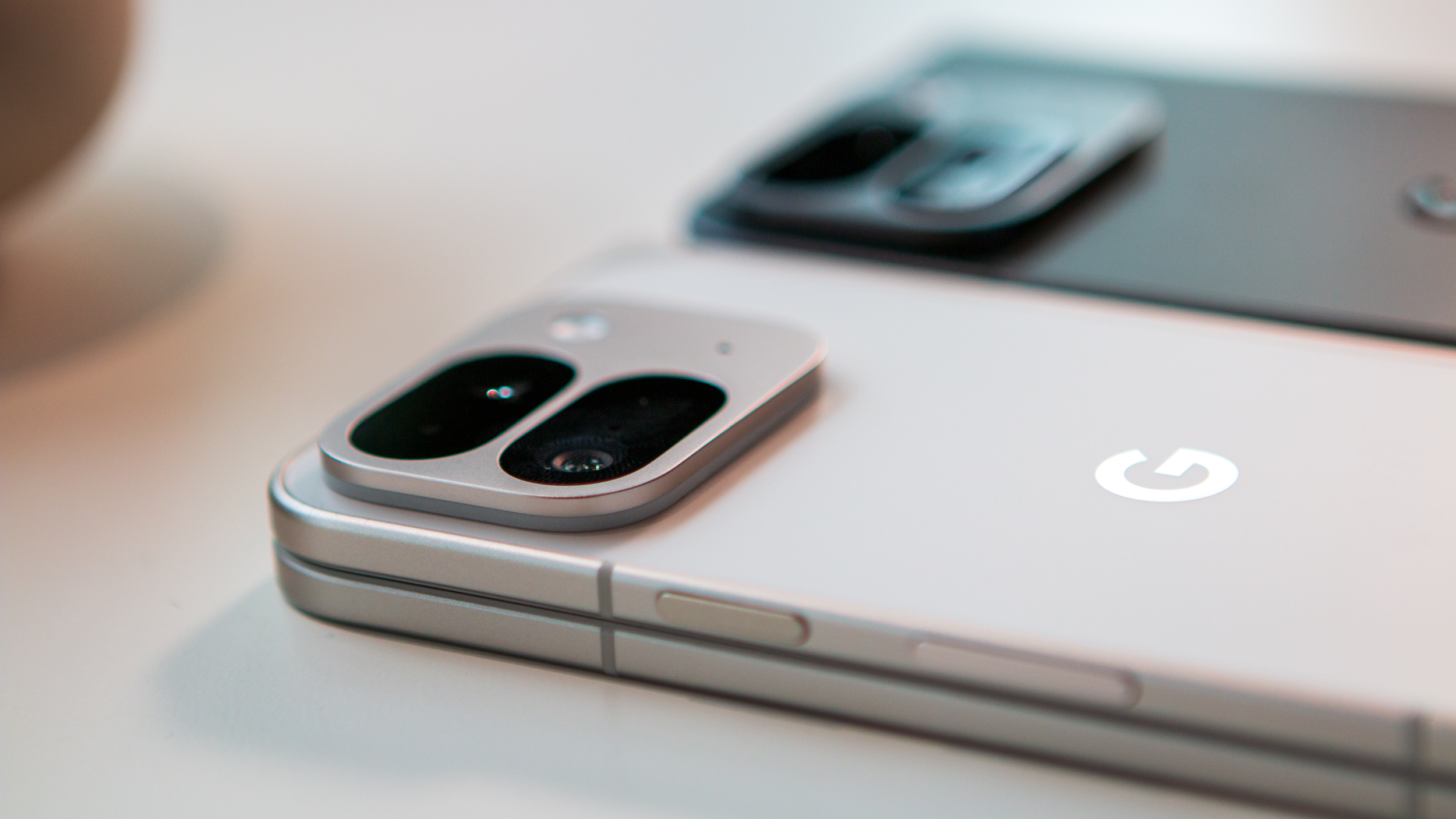
The Google Pixel 9 Pro Fold starts at $1,799 for the base model with 16GB of RAM and 256GB of storage. Unlike some countries like India, which will only get one variant, the U.S. and the rest of the world will get a 512GB option, too, with the same amount of RAM. I like that Google increased the RAM on the new Fold, as all those AI and multitasking will benefit from it. The Tensor G4 SoC powers the Pixel 9 Pro Fold, which claims to be quicker and more efficient in general and AI processing. Google also added other great specs such as Google's Titan M2 security chip, fingerprint sensor, Wi-Fi 7, Bluetooth 5.3, and dual-band GPS.
Google also added minor updates to the cameras. The Pixel 9 Pro Fold's rear cameras include a 48MP wide with an f/1.7 aperture, a new 10.5MP ultrawide with a wider 127-degree field of view and autofocus for macro shots, and a 10.8MP telephoto with 5x optical zoom and up to 20x Super Res Zoom. The back also features a laser autofocus system and spectral and flicker sensors.
The cover and folding display camera have the same 10MP sensor with an f/2.2 aperture. The 9 Pro Fold can shoot up to 4K 60fps videos, 10-bit HDR videos from the rear camera, and Night Sight videos.
Although the Pixel 9 Pro Fold's battery is smaller than its predecessor's, it's still bigger than the Fold 6. Plus, it quickly charges up the 4,650mAh battery using the Google-certified 45W optional charger.

The Samsung Galaxy Z Fold 6 starts at $1,899 for 12GB of RAM and 256GB of storage and goes up to $2,259 for the 1TB variant. The Galaxy Z Fold 6 has the Qualcomm Snapdragon 8 Gen 3 SoC, which is still the flagship chip in 2024. It'll be interesting to see how this compares to the new Tensor chip in the Pixel. Like the Pixel 9 Pro Fold, the Fold 6 also gets Wi-Fi 7, Bluetooth 5.3, Ultra-Wideband support, and USB 3.2. The Galaxy has the unique advantage of supporting Samsung's S Pen stylus, a handy tool for jotting notes or sketching ideas.
You can count on the Galaxy Z Fold 6 for an adaptable and solid camera system for casual photography, but it's disappointing that there have been no significant advancements. The rear of the Fold 6 gets a 50MP main, 10MP telephoto with 3x optical zoom, and 12MP ultrawide. The cover screen has a 10MP sensor, while the folding screen uses the same 4MP under-display camera. Sony has made improvements since then, but it's not enough to match the quality of a high-resolution sensor.
Battery life on the Fold series has generally been good, and the Galaxy Z Fold 6 features a 4,400mAh battery. You can typically expect a day's worth of usage from this phone. Sadly, wired charging is still only 25W; you must buy one separately. It supports wireless charging at 15W.
| Header Cell - Column 0 | Google Pixel 9 Pro Fold | Samsung Galaxy Z Fold 6 |
|---|---|---|
| Folding display | 8-inch OLED, LTPO (1-120Hz), 2076 x 2152 resolution, 373 ppi, 2700 nits peak brightness | 7.6-inch Dynamic AMOLED 2x, LTPO (1-120Hz), 2160 x 1856 resolution, 20.9:18 aspect ratio, 374 ppi, 2600 nits peak brightness, 480Hz PWM dimming |
| Cover display | 6.3-inch OLED, 60-120Hz, 2434 x 1080 resolution, 20:9 aspect ratio, 422 ppi, 2700 nits peak brightness | 6.3-inch Dynamic AMOLED 2x, LTPO (1-120Hz), 2376 x 968 resolution, 22.1:9 aspect ratio, 410 ppi, 2600 nits peak brightness, 480Hz PWM dimming |
| Operating System | Android 14 | Android 14 (One UI 6.1.1) |
| Processor | Google Tensor G4 | Snapdragon 8 Gen 3 for Galaxy |
| RAM | 16GB | 12GB |
| Storage | 256GB, 512GB | 256GB, 512GB, or 1TB |
| Battery | 4,650mAh | 4,400mAh |
| Charging | 45W wired charging, Qi wireless charging | 25W wired charging, 15W wireless charging, 4.5 reverse wireless |
| Rear cameras | 48MP main + 10.5MP ultrawide + 10.8MP telephoto (5x optical zoom) | 50MP main + 12MP ultrawide + 10MP telephoto (3x optical zoom) |
| Selfie cameras | 10MP (cover display) + 10MP (folding display) | 10MP (cover display) + 4MP (folding display) |
| Dimensions | Folded ( 77.1 x 155.2 x 10.5 mm); Unfolded (150.2 x 155.2 x 5.1 mm) | Folded (68.1 x 153.5 x 12.1 mm); Unfolded (132.6 x 153.5 x 5.6 mm) |
| Weight | 257g | 239g |
| Colors | Obsidian, Porcelain | Silver, Shadow, Pink, Navy |
Google Pixel 9 Pro Fold vs. Samsung Galaxy Z Fold 6: Software
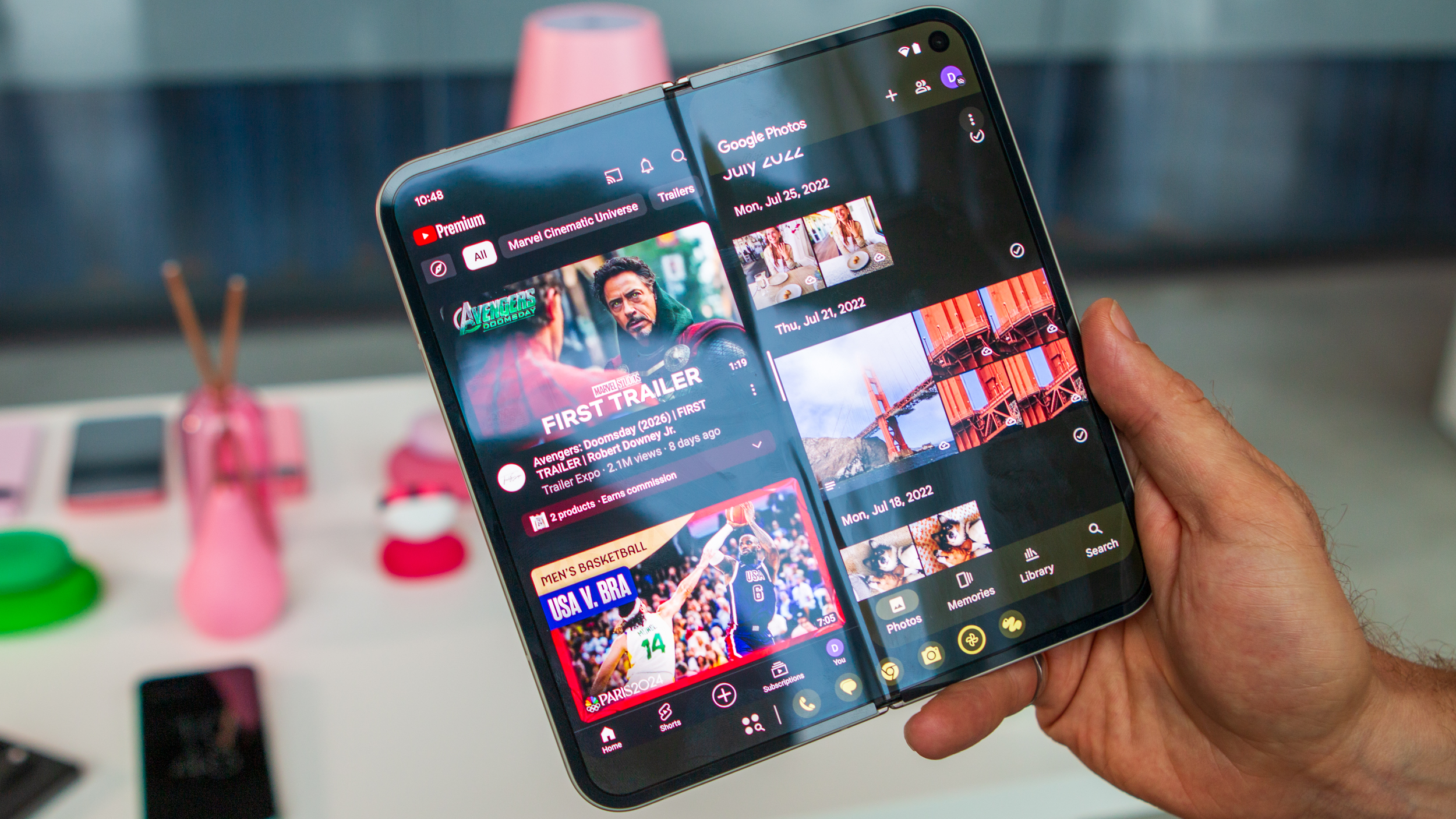
The Google Pixel 9 Pro Fold ships with Android 14 and is slated to receive seven years of software updates and security patches. You also get Gemini baked in from the moment you set it up, which can do much more than Assitant, like generate stories for your blog, draft, and email, or help you know more about what's on your screen. Fold users will also get a one-year free subscription to Gemini Advanced via Google One, which includes 2TB of cloud storage and the ability to use Gemini in Gmail and Docs.
Google is also adding new AI features that are exclusive to Pixel devices. Pixel Screenshots uses Gemini Nano to remember all the details from screenshots taken on your Pixel phone, so you can prompt it to find what you're looking for later instead of digging through your pile of screenshots. The new Add Me feature lets you add yourself to pictures you weren't originally in by combining images. Google has also beefed up its multitasking capabilities with Split Screen and the ability to save app pairs. You can also pin recent apps to the taskbar for quick access.
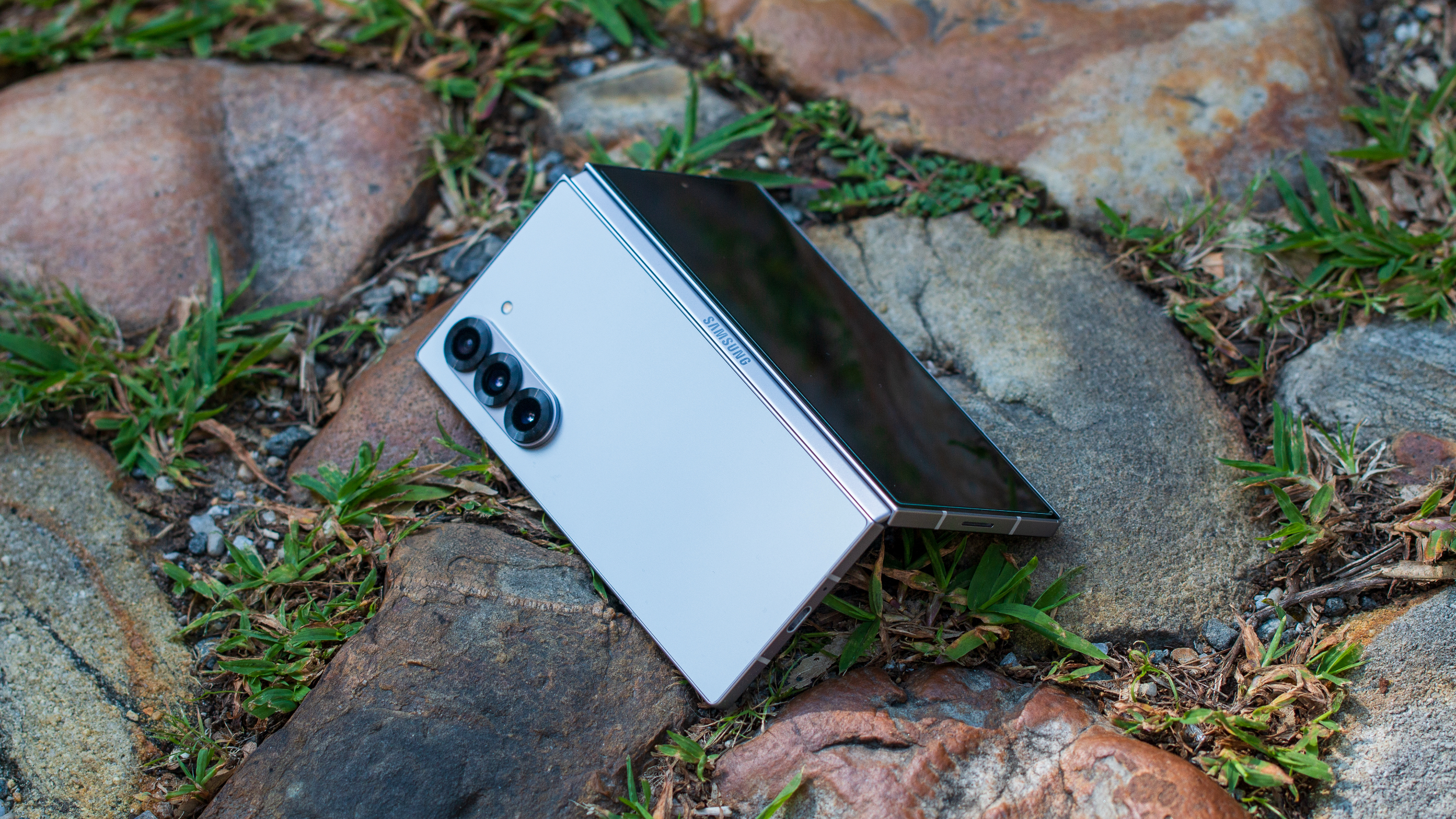
Samsung has now almost perfected its multitasking features for its Fold series. It allows you to open three apps at once and more in floating windows. Folding the Z Fold 6 halfway automatically rearranges the layout in some apps to offer extended functionality. There are also a ton of Galaxy AI features to play with, the most interesting one being the "Sketch to Image" feature. This lets you generate life-like images of objects and animals by simply doodling over an existing image. There are plenty more Galaxy AI features like live translate, as well as Google AI features like Circle to Search and much more.
The Galaxy Z Fold 6 ships with Samsung's One UI skin, which is based on Android 14. Like the Pixel, it gets seven years of OS and security updates. It also supports Gemini Nano, Google's lightweight GenAI platform.
Google Pixel 9 Pro Fold vs. Samsung Galaxy Z Fold 6: Which should you buy?
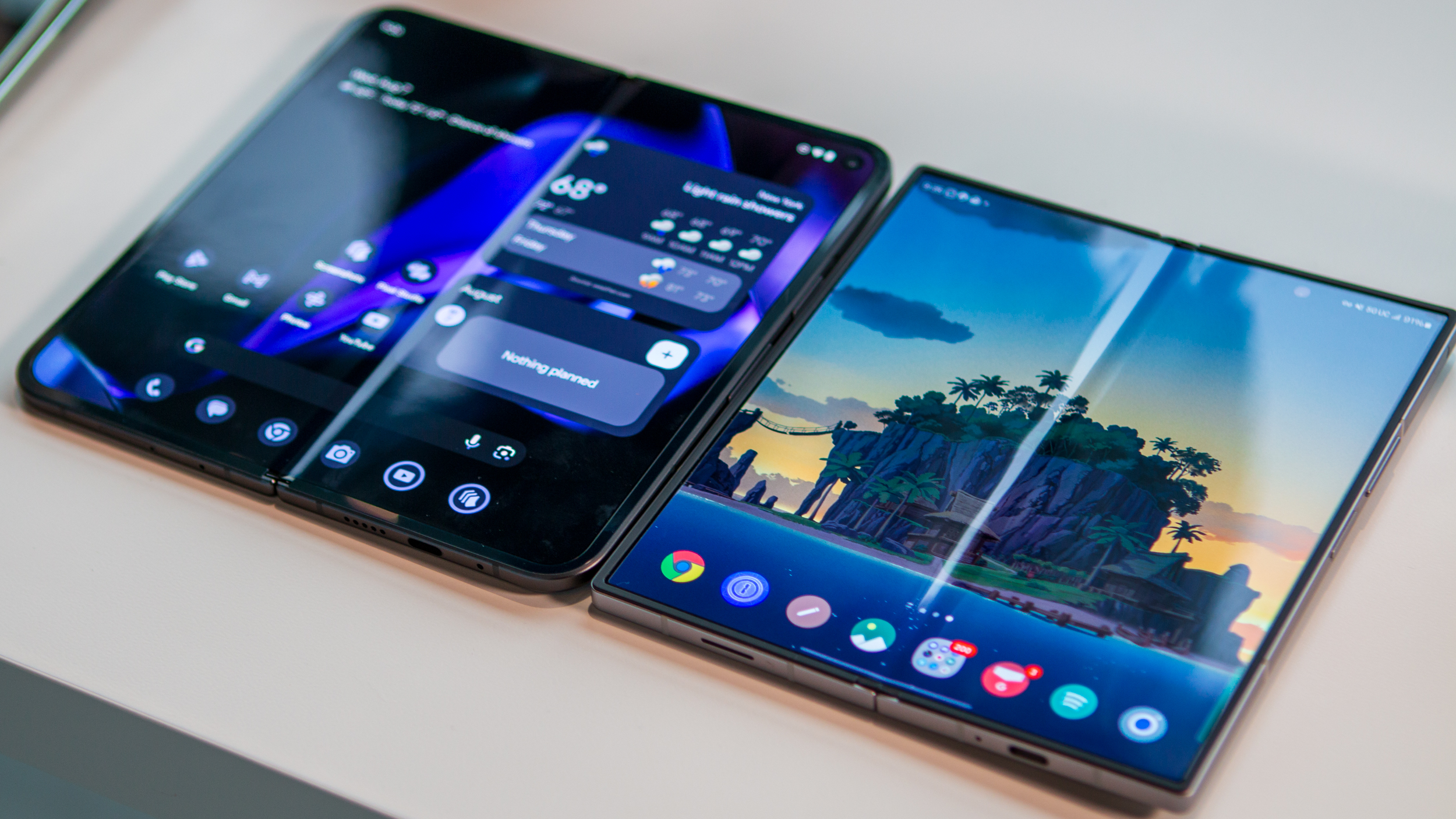
If I were to choose between the Google Pixel 9 Pro Fold or the Samsung Galaxy Z Fold 6, the choice would be pretty straightforward — I'd go with the Pixel. There are a couple of good reasons, too. The main one would have to be the form factor. The wider aspect ratio of the Pixel 9 Pro Fold makes it feel like a regular phone when folded, so it's easier to use, type on, and play games on it, too.
Next would have to be the design. It looks more modern compared to the Fold 6, which, by now, can be mistaken for even the Galaxy Z Fold 4. Then there are those excellent, exclusive Pixel AI features like Add Me, which can be extremely useful. On top of that, you can expect great things from the cameras, and you'll always be among the first to get the latest Android software.
Now that the 9 Pro Fold is here, we could see a price shuffle for the Galaxy Z Fold 6. It's still a good option for anyone looking for excellent stylus support, outstanding gaming performance, and desktop-like computing with Samsung DeX.
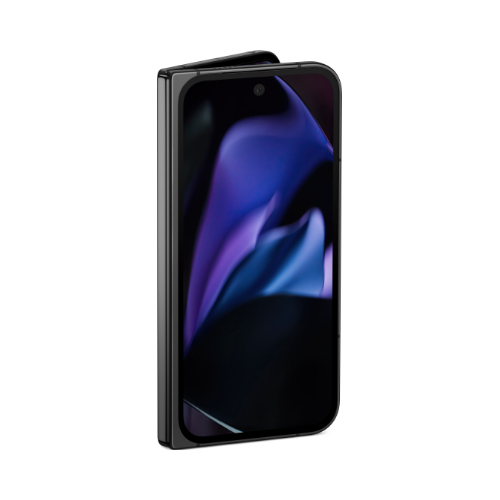
The one to beat
Google has just raised the bar for foldable devices with the Pixel 9 Pro Fold, offering a stunning design, flagship specs, and useful AI features. The cherry on top is that it is available at the same price as last year's model.

Still the best foldable with a stylus
The Galaxy Z Fold 6 doesn't win any design awards, but it's a dependable foldable with many years of software support. It's the only one to support a stylus and is an excellent workhorse for productivity enthusiasts.

Roydon has been writing about personal technology for 10+ years, and has covered everything from news, reviews, features, to on-ground coverage of big trade shows like CES. He's passionate about mobile technology and computing, dabbles with photography, and is still struggling to work his way through his Steam and PS4 game library.
You must confirm your public display name before commenting
Please logout and then login again, you will then be prompted to enter your display name.
